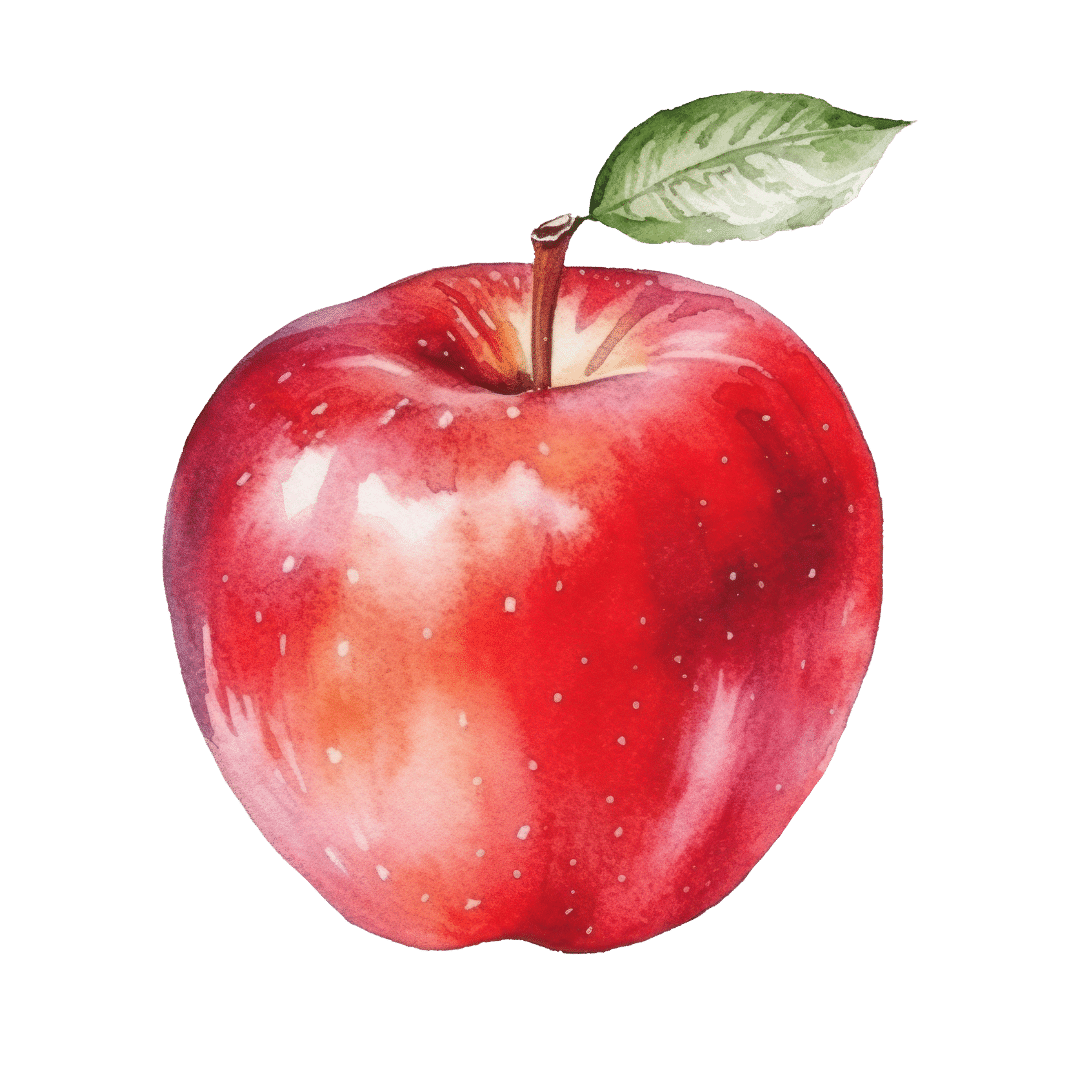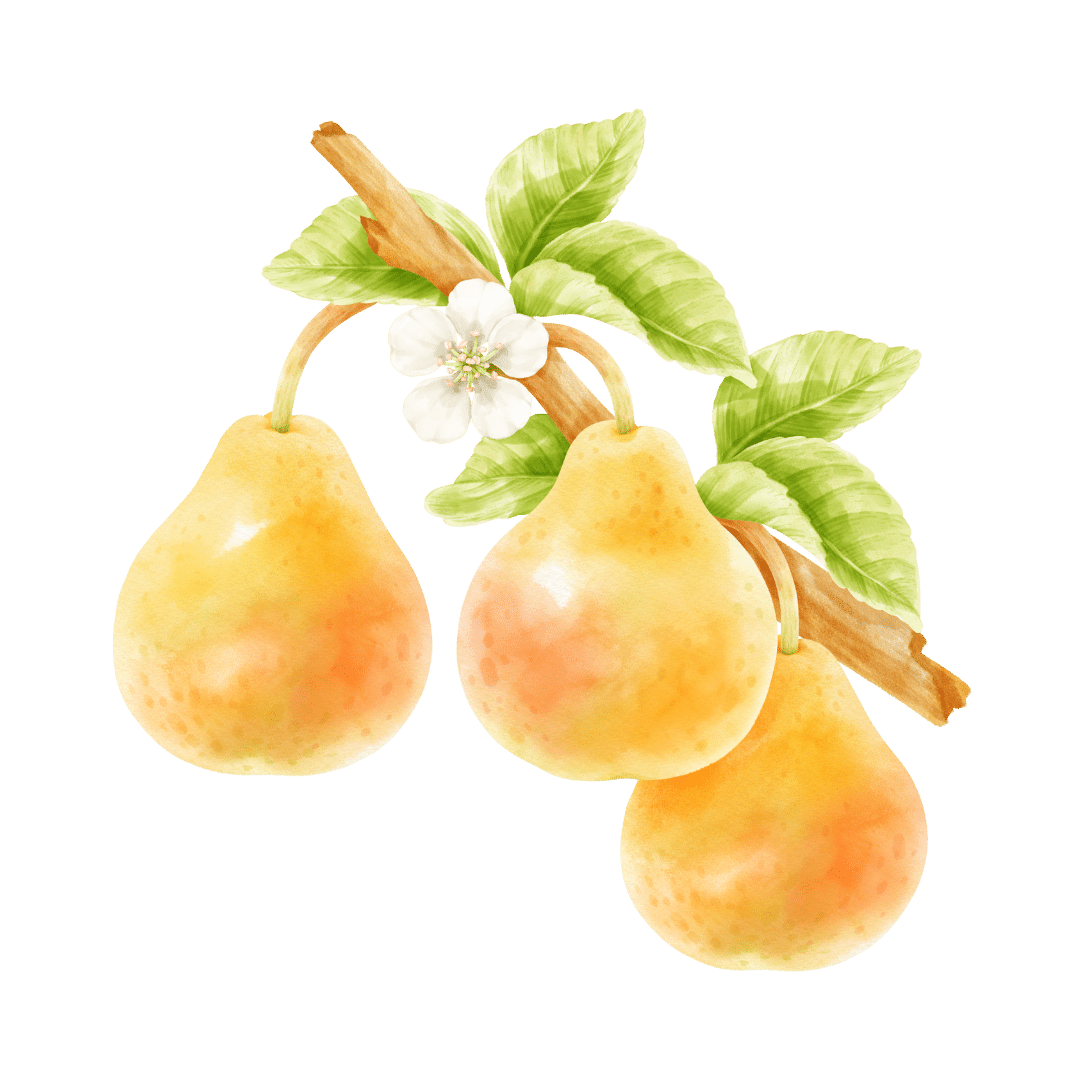
Minnesota Fruit Trees Are a Sweet Investment
Planting a tree is like a gift that keeps on giving—but imagine if that gift also came with a sweet, juicy bonus! Minnesota fruit trees not only offer shade, beauty, and environmental benefits, but many also deliver a bounty of fresh, homegrown fruit right to your yard. In the Twin Cities metro area, Growing Zone 4, a wide variety of fruit trees thrive, offering everything from crisp apples to luscious cherries. Whether you’re dreaming of a mini orchard or planting just a few trees, you’ll find the rewards as sweet as they are sustainable. Below please find a guide to some of the Minnesota fruit trees we offer in our tree sales.
The following species were selected for their hardiness to withstand Minnesota winters.
Minnesota Fruit Trees – Apple Trees

- Zestar Apple: This deciduous Minnesota fruit tree features clusters of white blossoms with a pink tint in mid-spring. It has a rounded shape with green leaves that turn bright yellow in the fall. The tree yields many red apples perfect for fresh eating and is cold-hardy, thriving in chilly climates.
- Triumph Apple: A new University of Minnesota variety, Triumph apples offer excellent disease resistance, great flavor, and a long shelf life. With a tart, well-balanced taste, they’re ideal for fresh eating or cooking. Blooming mid-season, they benefit from pollination by other mid-season apples or crabapples like Honeycrisp or Freedom. Triumph produces large red apples ready for harvest in late September.
- SnowSweet Apple: SnowSweet is an apple variety known for its reliable lineage and strong disease resistance. It has a rich flavor and resists browning. Perfect for fresh eating, salads, or sauces, SnowSweet blooms mid-season and benefits from pollination by other mid-season apples or crabapples like Honeycrisp or Freedom. It produces large scarlet apples ready for harvest in October.
- McIntosh Apple: This heritage apple, developed in the early 1800s, is the ancestor of many popular varieties. McIntosh offers a unique sweet-tart flavor and blooms with white flowers in mid-season. While self-pollinating, it benefits from another mid-season apple or crabapple for optimal fruiting, such as Honeycrisp or Freedom. McIntosh yields medium-sized crimson apples ideal for cooking and fresh eating, ready for harvest in September.
- KinderKrisp Apple: A small but flavorful Minnesota fruit tree, KinderKrisp is a Honeycrisp apple descendant with a similar crisp texture. It blooms early with white blossoms and benefits from pollination with another early-season apple or crabapple, like Zestar or Honeycrisp. It produces small red apples with a yellow blush, ideal for fresh eating, canning, cider, or baking, and ripens in August.
- Freedom Apple: Named for its excellent disease resistance, Freedom is a resilient variety with mid-season white blooms. It thrives with pollination from another mid-season apple or crabapple like Triumph or Honeycrisp. Freedom produces large red apples ideal for canning, cider, baking, or fresh eating, ripening in late September.
Two apple tree varieties must be planted near each other for cross-pollination.
Minnesota Fruit Trees – Cherry Trees

- Mesabi Cherry: An excellent choice for beginning a home orchard, this self-pollinating, tart cherry variety is easy to cultivate and will provide fruit for all your canning and baking needs. The trees thrive in full sun, and it’s advisable to protect them from animal browsing.
- Evans Bali Cherry: This fruit tree is self-pollinating and renowned for its exceptionally high fruit production, making it a favorite among birds and people! The fruit features bright red skin with yellow flesh, ripening in mid to late July, and flourishes in cold climates. This hardy, tart cherry is perfect for making jams, pies, and cobblers!
Minnesota Fruit Trees – Pear Trees

- Parker Pear: This is a quick-growing tree that can thrive for many decades, though it may take a few years to start flowering. Insect pollinators are attracted to its blossoms, and its fruit is popular with wildlife. It’s recommended to pick the fruit while it’s still firm and let it ripen indoors. Parker pears can be enjoyed fresh or cooked.
- Patten Pear: An outstanding pollinator that yields a mild yet tasty pear, Patten is a European variety with a firm texture at harvest, which softens and sweetens over time. This Minnesota fruit tree produces yellow pears that ripen in late September. Patten pears are best enjoyed fresh but can also withstand baking.
Two pear varieties must be planted near each other for cross-pollination.
Minnesota Fruit Trees – Plum Trees

- Black Ice Plum: Black Ice Plum is a cold-hardy delight, bred from Japanese and native cherry plums. It blooms early with striking white flowers and thrives when paired with another plum like Mount Royal or Toka for pollination. In July, it yields juicy, dark red plums with a perfect sweet-tart balance, ideal for fresh eating or cooking!
- Royal Plum: Nothing beats homegrown! Turn your space into an urban farm with this fruitful tree. If you have a sunny, well-drained spot and desire fresh plums for jellies, jams, sauces, or straight off the tree, this productive plum tree is perfect for your backyard!
Two plum varieties must be planted near each other for cross-pollination.
We’re Here to Help!
No matter the variety of trees you plant this fall, we are here to help! Tree Trust offers several community tree workshops this September. Join members of our Community Forestry team for a tree planting demonstration. Learn how to water and mulch your tree and take advantage of the opportunity to ask questions. Click the links below to sign-up for a community tree workshop today!
McKinley Community Tree Workshop, Tuesday, September 17, 5:00 pm – 6:30 pm
Sunflower Garden Community Tree Workshop, September 18, 4:30 pm – 7:00 pm
Zenn on Penn Community Tree Workshop, September 21, 10:00 am – 11:30 am


